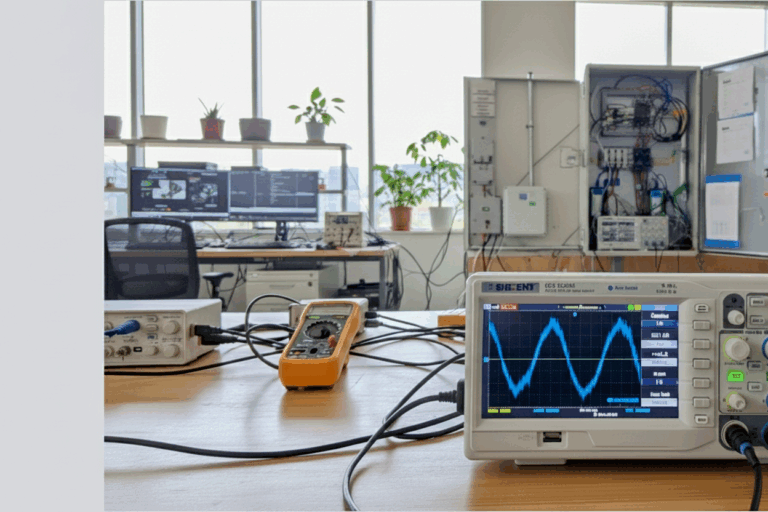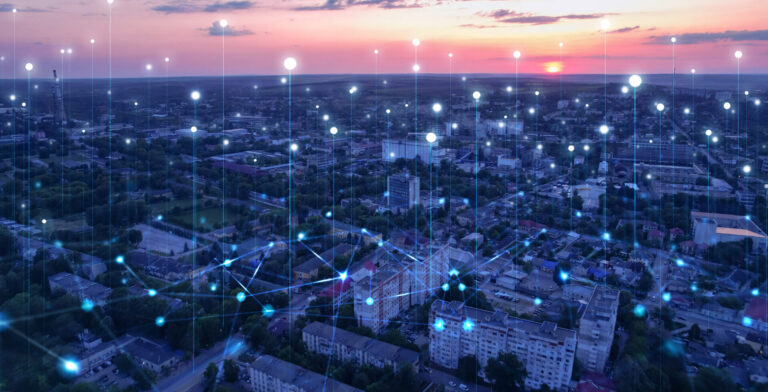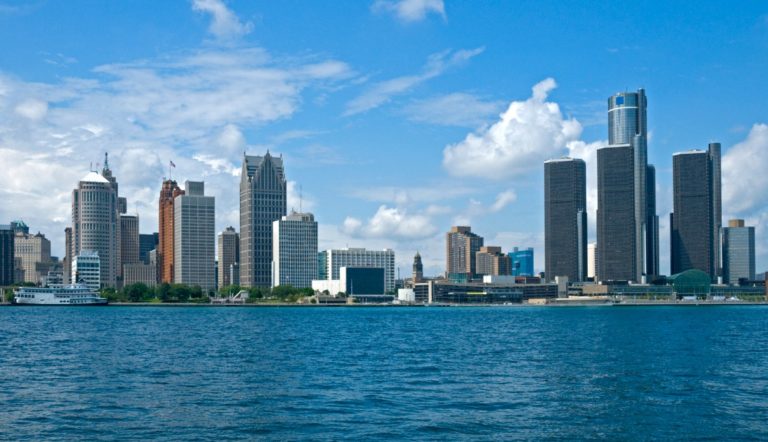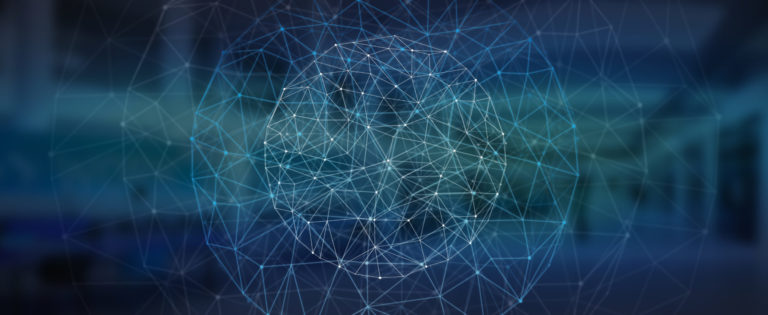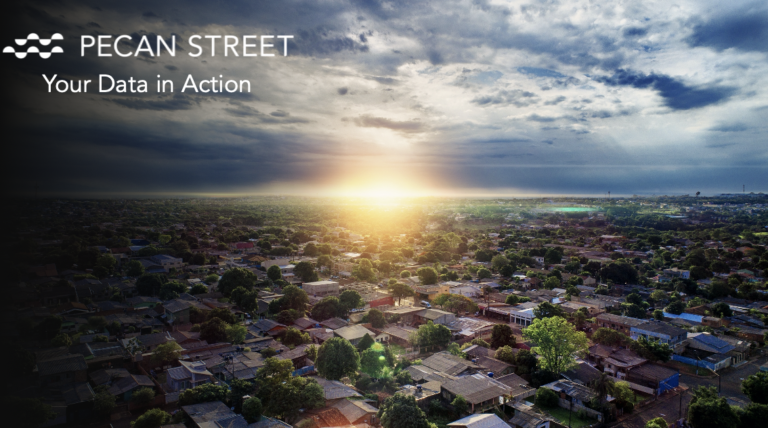September 25, 2025
By Rachel Jenkins, director of operations, Pecan Street
Though lower-income families stand to gain the most from energy efficiency improvements and retrofits, disadvantaged communities across the country have largely been overlooked or underserved by efficiency investments.
That’s why Pecan Street teamed up with community organizations in Portland, Oregon, Atlanta, Oklahoma City, and central Pennsylvania to launch the Energy Equity Research Network in 2023. With funding from the Alfred P. Sloan Foundation, we set out to provide tangible efficiency improvements for lower-income families and demonstrate the collective power of saving energy and money.
In Atlanta, one of our partners has taken the assignment to a whole new level.
An MRI for Buildings
By combining aerial drones and powerful AI technology from Lamarr.AI, they can detect and map hidden efficiency problems like poorly sealed windows, insulation gaps, and leaky roofs.
“It’s like an MRI for buildings,” said Tarek Rakha, CEO of Lamarr.AI and Regent’s Innovator at Georgia Tech. “Our goal is to leverage the best available technology not only to help families save energy and money, but to demonstrate the speed and efficiency with which we can assess problems and propose solutions.”
Lamarr.AI is partnering with Georgia Tech to inspect building envelopes in historically underserved communities. Thanks to a generous gift from Bentley Systems to Georgia Tech, Lamarr.AI is currently assessing ten buildings in Atlanta’s Grove Park and adjacent neighborhoods with the help of Paradise Community Development Center (PCDC). These buildings have often lacked access to performance diagnostics, retrofit resources, or the funding necessary to make energy improvements.
The technology highlights issues that are often overlooked, including invisible leaks, thermal failures, and systemic patterns of disrepair. It pinpoints exactly where buildings are wasting energy, down to the individual window or roof segment, and uncovers performance data that was previously impossible to collect at scale. This transforms the invisible into actionable insight, clearly identifying not just that a building needs help, but what kind, how urgent, and how cost-effective the intervention can be.

Bottom row: Photo and IR image showing a detected infiltration/exfiltration anomaly highlighted with AI (cyan mask).
Source: Lamarr.AI
Behind The Tech
Lamarr.AI’s envelope auditing flights capture visible light and infrared data. Using advanced photogrammetry, the imagery is reconstructed into a high-resolution 3D model. Proprietary computer vision algorithms then overlay thermal deficiencies directly onto the model, producing precise, visual diagnostics across all building facades and the roof. The result is accelerated retrofits, smarter investment decisions, and a clearer, more equitable path to climate resilience.
“Thermal drones and AI aren’t just high-tech gadgets,” said Norhan Bayomi, CPO at Lamarr.AI and research scientist at MIT. “They’re powerful tools that allow us to see what’s been ignored, quantify what’s been dismissed, and act where it matters the most.”
Scaling Efficiency for Everyone
There are several reasons lower-income families are often underserved by energy efficiency efforts. Many lower-income families rent their homes, which means they have little or no authority to make improvements. And though many improvements are simple and cost-effective, they still require some investment, which many families may struggle to afford.
The irony is that lower-income families spend a much higher percentage of their income on the energy needed to live safely and comfortably. That means energy savings (and cost savings) for lower-income families can make a huge impact on a monthly budget.
“This portion of our housing stock is primed for efficiency scaling,” said Freddie Stevens, a community economic development consultant who works closely with the Lamarr.AI/GA Tech team. “But, you cannot scale what you cannot see. Our goal is to make it undeniably clear how critical and powerful an energy cost saver these improvements can be for the families who need it most.”









